Scientists Believe They’ve Found A Window Into The Dawn of Time Beneath The Pacific Ocean
Underneath the surface of the biggest ocean in the world, scientists have discovered what they believe to be the window into the dawn of time on Earth.
Hidden beneath the Pacific Ocean, a team led by University of Wellington geophysicist Simon Lamb may have found the earliest evidence of the dawn of life.
Earth’s Origins
In a remote corner of South Africa and on the seafloor off the coast of New Zealand, researchers found unexpected clues that hold information about the origins of Earth.
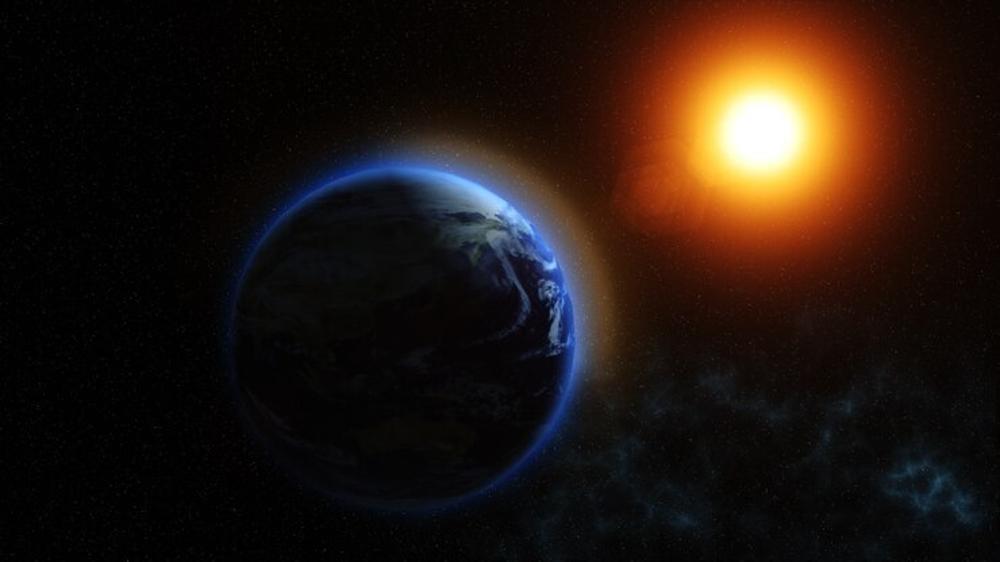
Source: Wikimedia
What did life look like millions of years ago? The Earth is thought to have been a planet mostly covered in liquid fiery magma.
The Truth in the Barberton Greenstone Belt
The scientists explain in “The Conversation“ that their work began when they were creating a new, detailed geological map of an area known as the Barberton Greenstone Belt, located near South Africa’s highveld region.
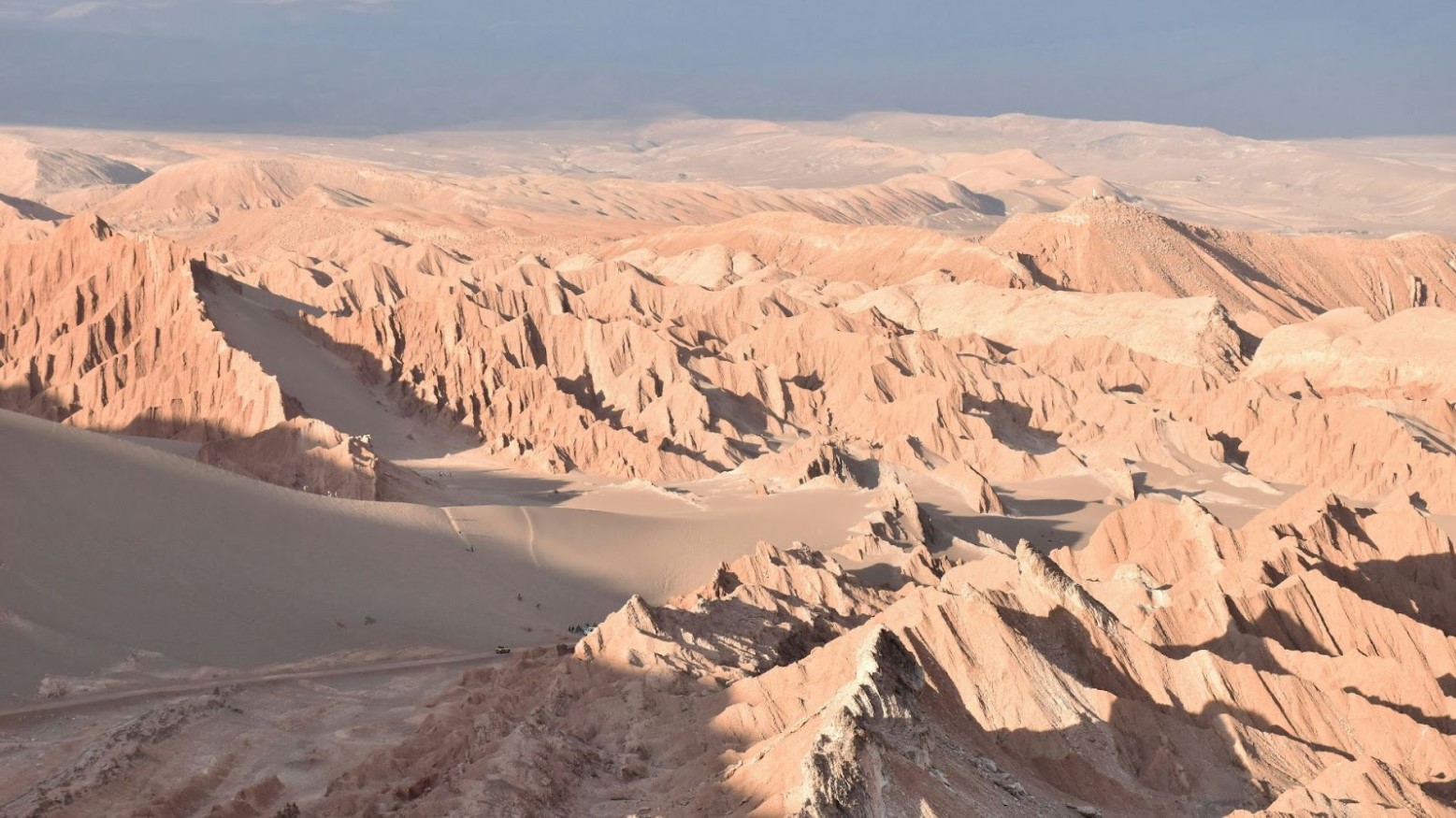
Source: John Vincent/Unsplash
“The geological formations in this region have proved difficult to decipher, despite many attempts,” the pair writes.
The Importance of the Belt
The Belt’s rock dates back nearly 3.5 billion years and potentially contains the origins of life on Earth.
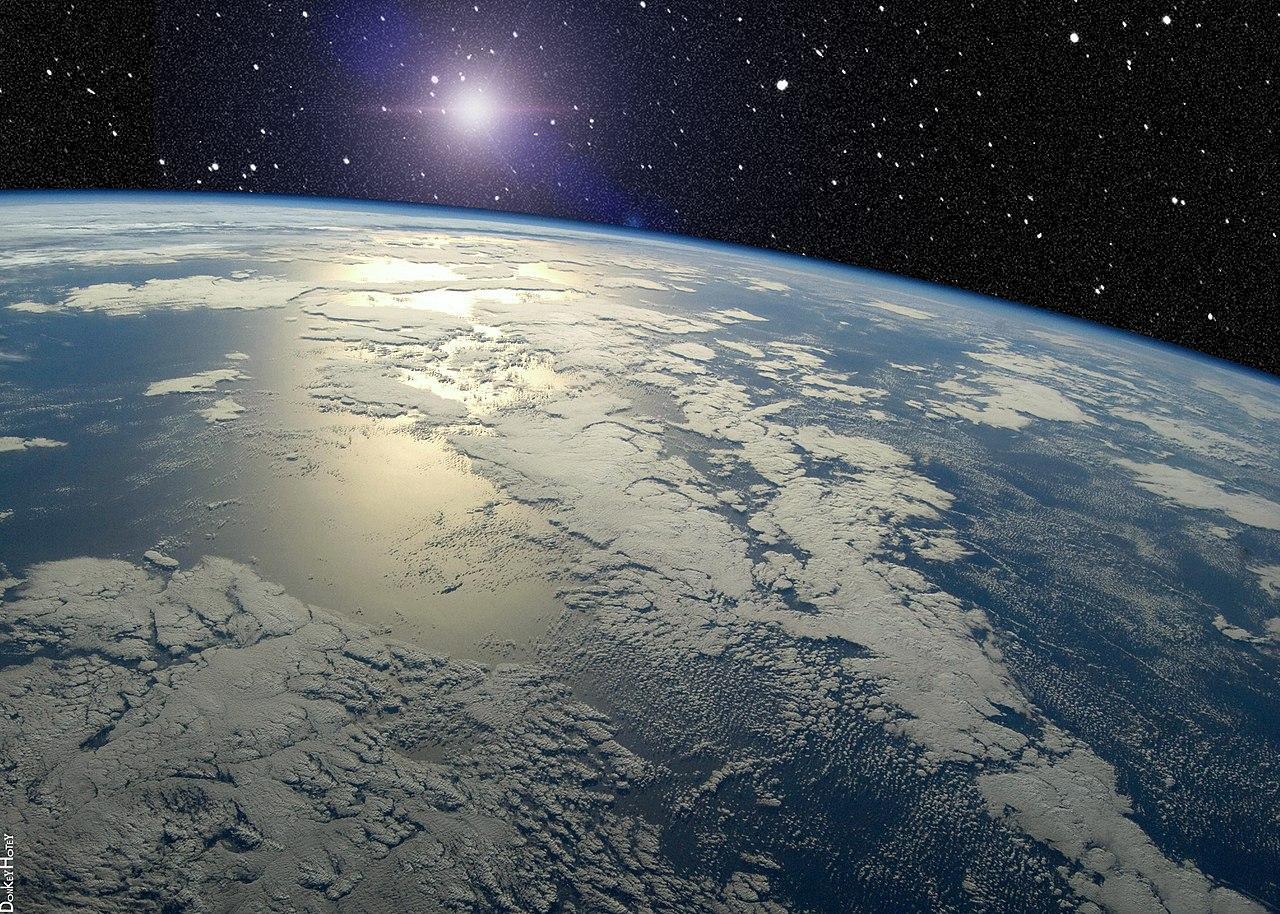
Source: Freepik
Studying the rocks and minerals in the Belt may provide clues about the chemical environments that existed billions of years ago and the potential for life to have emerged there.
The Inconsistency of Tectonic Plates’ Functions
The pair claims that the Belt’s rock bed is inconsistent with how we understand the function of tectonic plates.
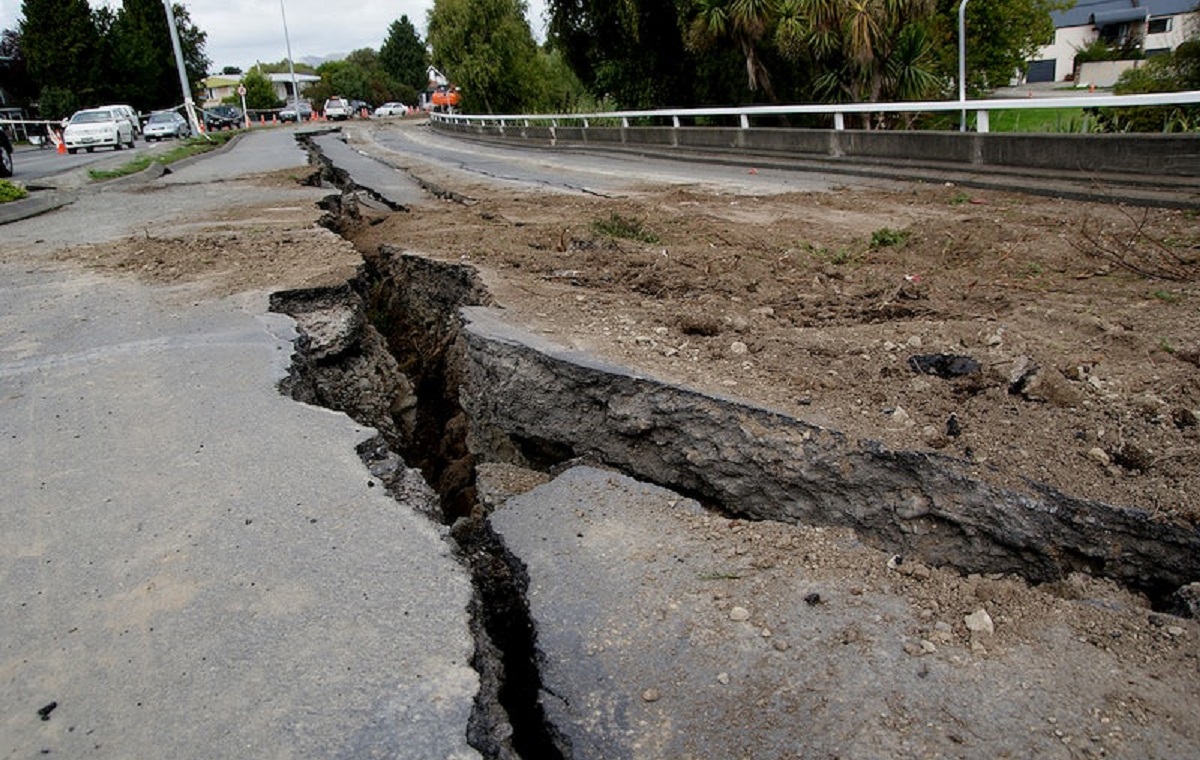
Source: Rawpixel
Tectonic plates are like giant puzzle pieces that make up the Earth’s outer shell. They are constantly moving, slowly reshaping the Earth’s surface through earthquakes, volcanic eruptions, and the formation of mountains.
The Map of the Ancient Deep Seafloor
However, the new map reveals that a fragment of the ancient deep seafloor in the Barberton Greenstone Belt formed about 3.3 billion years ago when the Earth was about 1.2 billion years old.
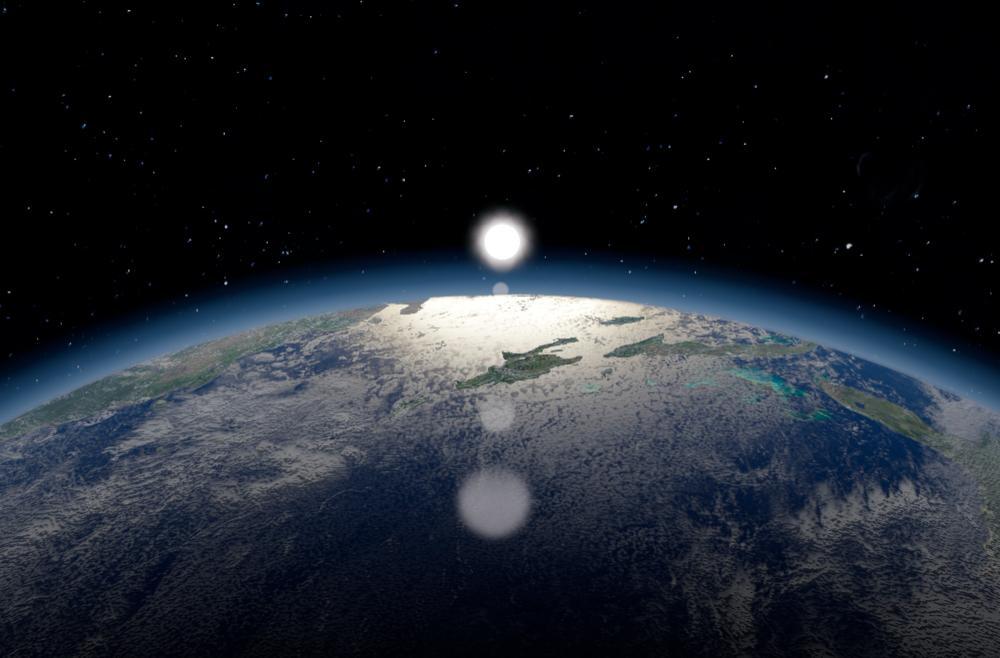
Source: Freepik
“There was, however, something very strange about this seafloor,” Lamb and de Ronde write.
The Earth Wasn’t a Fireball
The two experts argue that the general understanding of early Earth being a fireball of molten magma—where the surface was too weak to form rigid plates—is wrong.

Source: Ricardo Gomez Angel/Unsplash
Two researchers propose that large earthquakes continuously rocked the young planet. These earthquakes were triggered by one tectonic plate sliding under another in a subduction zone.
The Key Layer
The two researchers uncovered that the “jumbled up” rock layers were reminiscent of more recent submarine landslides that have occurred in New Zealand.
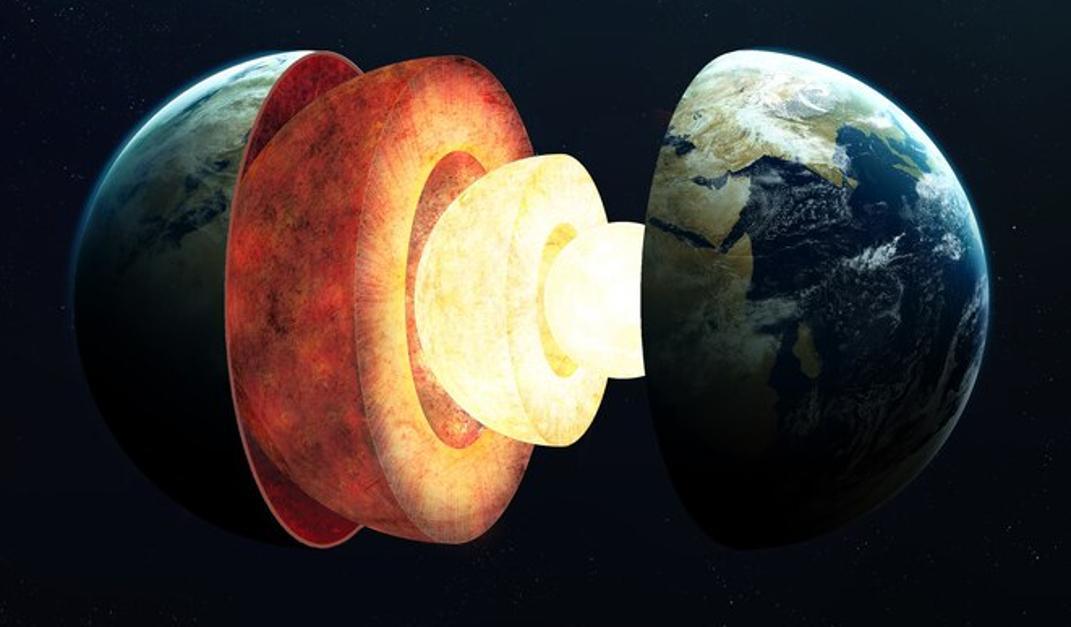
Source: Freepik
These landslides were triggered by massive earthquakes along the country’s largest fault: the megathrust in the Hikurangi subduction zone.
A Mishmash of Rocks
Divers discovered the bedrock to be a mishmash of sedimentary rocks, indicating that the rocks had grinded against each other rather than melted together.
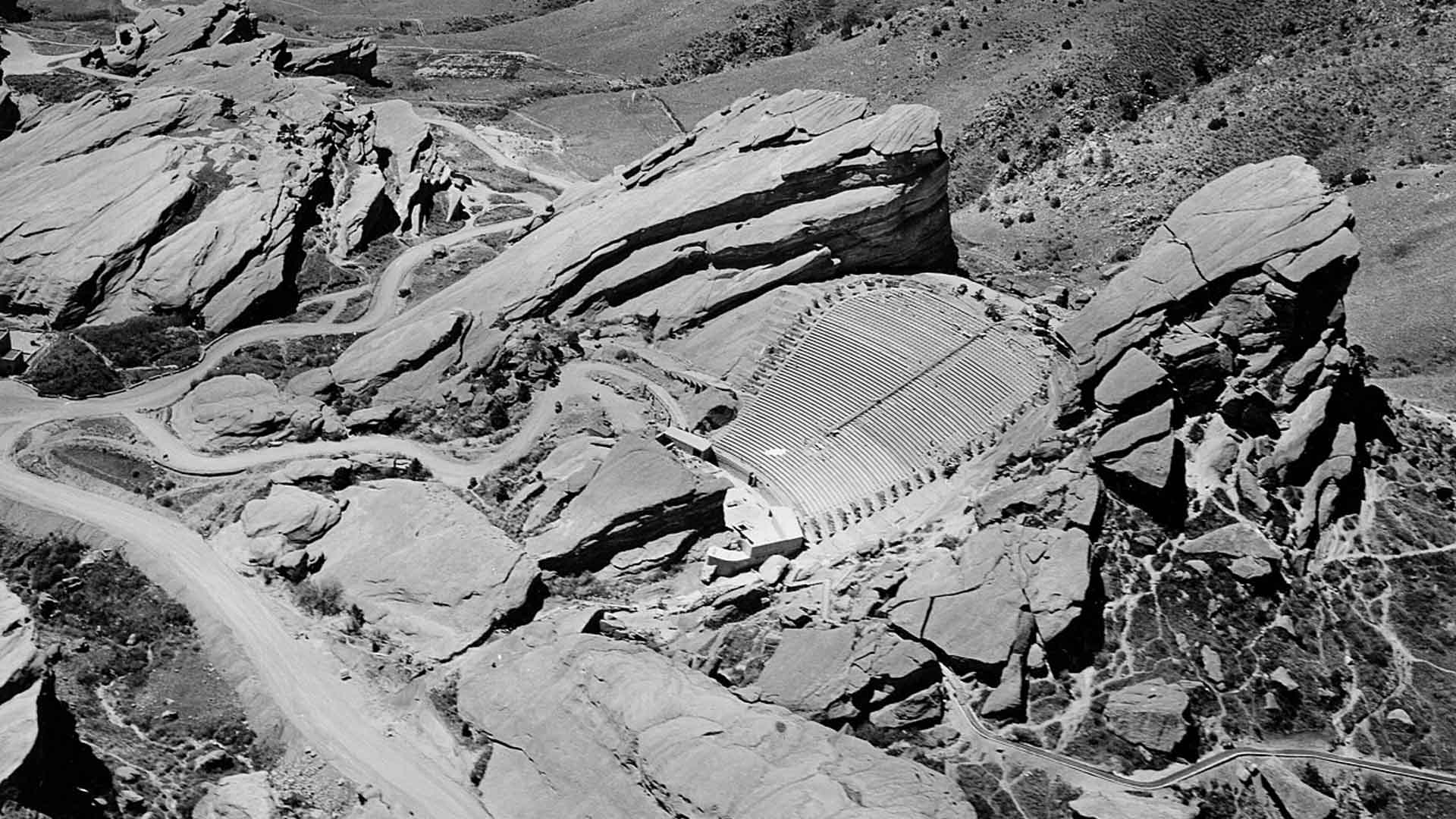
Source: Wikipedia
These rocks were once deposited on the seafloor off the coast of New Zealand 20 million years ago, at a site that frequently experiences large earthquakes along the edges of a deep oceanic trench.
The Remnants of a Gigantic Landslide
Considering the formation of this New Zealand rock bed, experts claim that this discovery solves the mystery behind the Barberton Greenstone Belt formations.
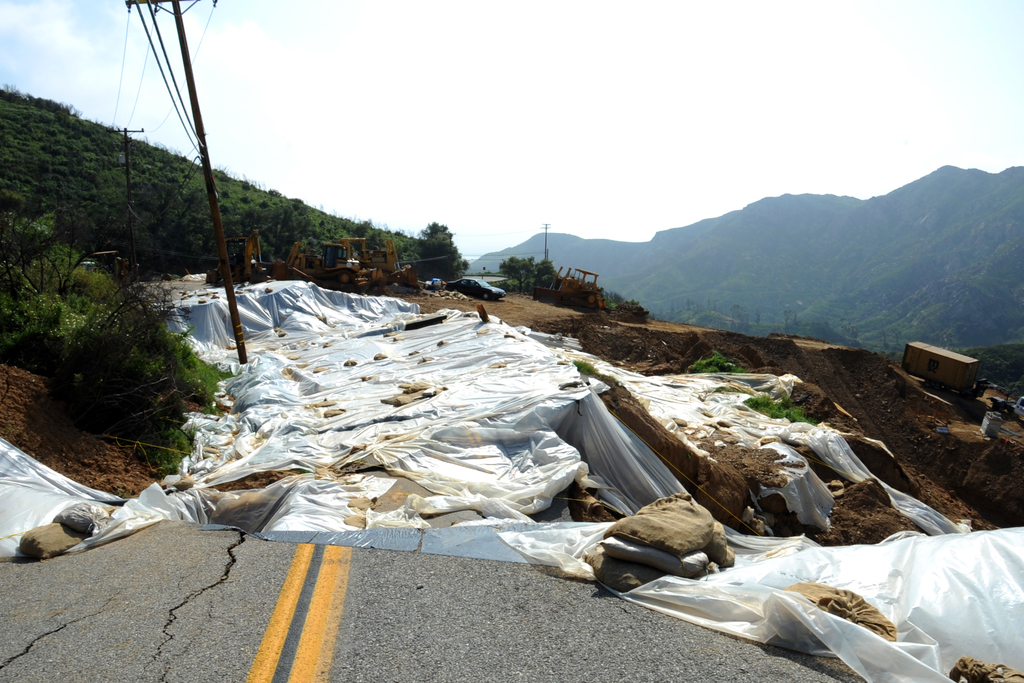
Source: The U.S. National Archives/Flickr
“These structures are the remnants of a gigantic landslide containing sediments deposited both on land and in very shallow water, jumbled with those that accumulated on the deep seafloor,” they have concluded.
Unlocking Other Mysteries
The two researchers suggest that their work “may have unlocked other mysteries, too,” because “subduction zones are also associated with explosive volcanic eruptions.”
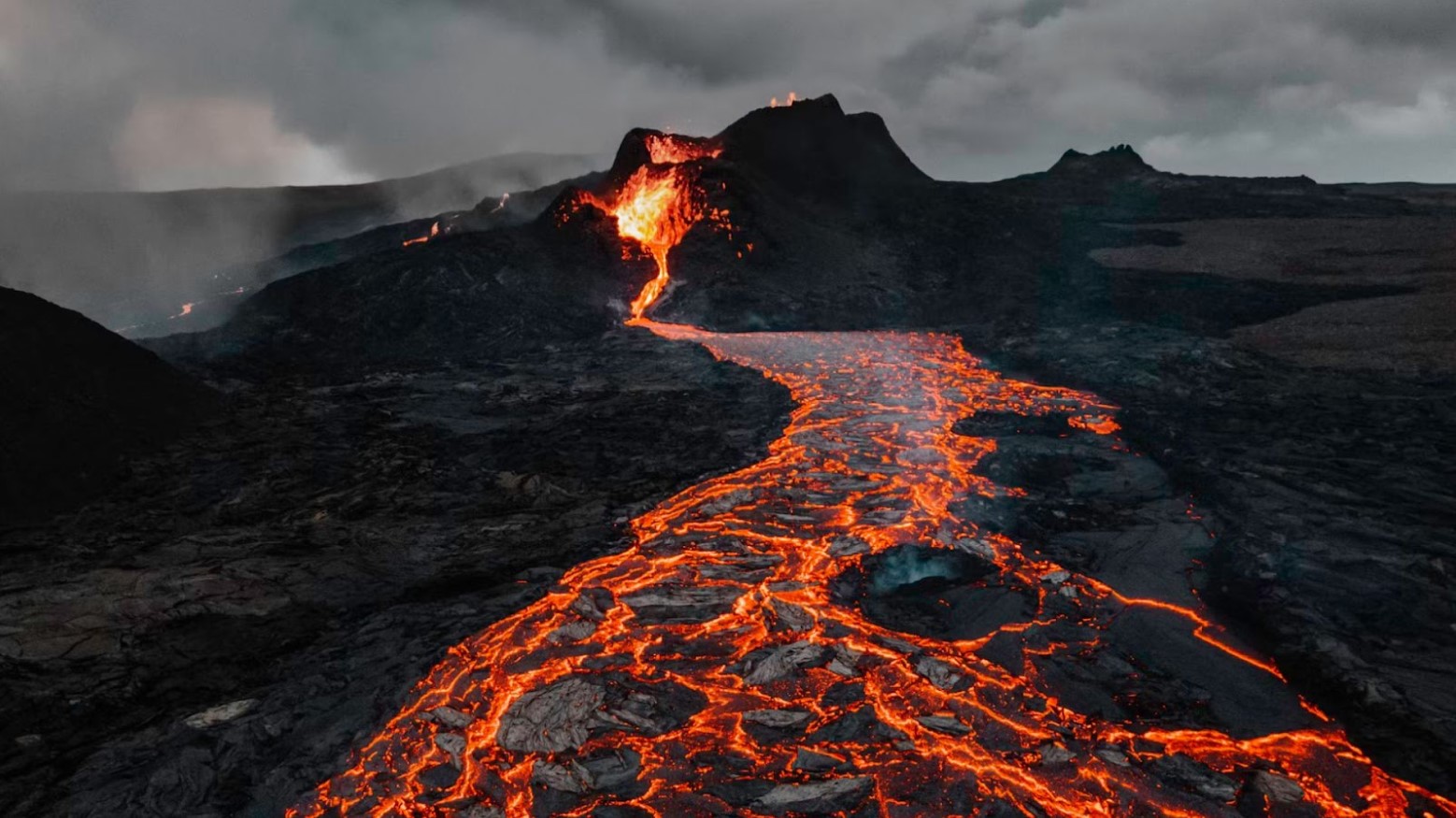
Source: Tetiana Grypachevska/Unsplash
“In the same volcanic region, underwater volcanoes are erupting an extremely rare type of lava called boninite. This is the closest modern example of a lava that was common in the early Earth,” they add.
The Foundations of Earth
The Belt remains one of the most fascinating areas of study for geologists, paleontologists, and astrobiologists as it offers a well of valuable insights into the early history of our planet.

Source: Freepik
In this study, the subduction zones are the source of tectonic shifts and sparking that igniting flame of life itself.
